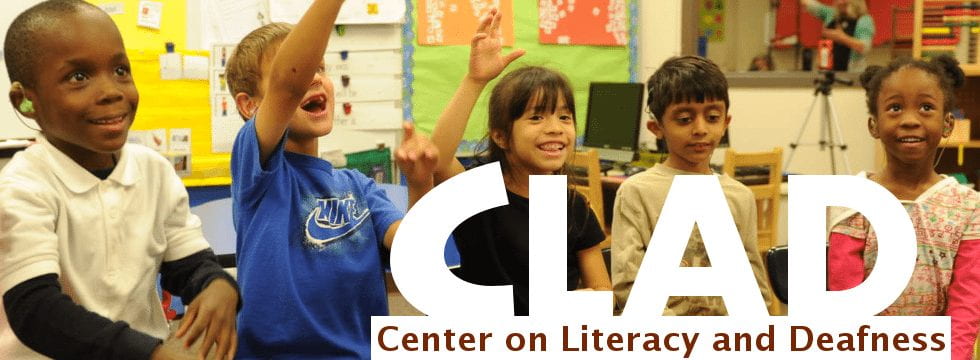back to Background Publications
Lederberg, A., Schick, B., & Spencer, P. (2012). Language and literacy development of deaf and hard-of-hearing children: Successes and challenges. Developmental Psychology, 40(1), 16-30.
Childhood hearing loss presents challenges to language development, especially spoken language. In this article, we review existing literature on deaf and hard-of-hearing (DHH) children’s patterns and trajectories of language as well as development of theory of mind and literacy. Individual trajectories vary significantly, reflecting access to early identification/intervention, advanced technologies (e.g., cochlear implants), and perceptually accessible language models. DHH children develop sign language in a similar manner as hearing children develop spoken language, provided they are in a language-rich environment. This occurs naturally for DHH children of deaf parents, who constitute 5% of the deaf population. For DHH children of hearing parents, sign language development depends on the age that they are exposed to a perceptually accessible 1st language as well as the richness of input. Most DHH children are born to hearing families who have spoken language as a goal, and such development is now feasible for many children. Some DHH children develop spoken language in bilingual (sign-spoken language) contexts. For the majority of DHH children, spoken language development occurs in either auditory-only contexts or with sign supports. Although developmental trajectories of DHH children with hearing parents have improved with early identification and appropriate interventions, the majority of children are still delayed compared with hearing children. These DHH children show particular weaknesses in the development of grammar. Language deficits and differences have cascading effects in language-related areas of development, such as theory of mind and literacy development.
